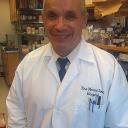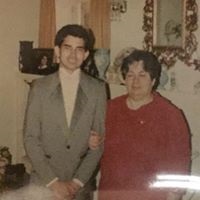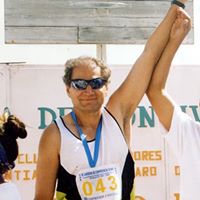When was a defibrillator first successfully used on a patient?
Although the first demonstration of a defibrillator was performed in 1899, the first time on record that one was used successfully on a human patient was 48 years later. In 1947, Claude Schaeffer Beck (11/8/1894 – 10/14/1971) restored normal “sinus rhythm” to the heart of a 14-year-old boy, performing the world’s first successful defibrillation on a human patient.
Dr. Beck became the United States’ first cardiovascular surgery professor, serving in that capacity at the Case Western Reserve University between 1952 and 1965. He was nominated for the 1952 Nobel Prize in Medicine. The teenage boy went into ventricular fibrillation (that is, the heart’s rhythm was out of synch with the pulse) while Beck was treating him for a congenital heart defect.
Apart from this fibrillation, the heart was basically healthy. The surgical team opened the boy’s chest and massaged the heart to keep it beating for 45 minutes, as the defibrillator was fetched. Dr. Beck then administered a drug that counteracts arrhythmia (irregular heart rhythm), positioned the defibrillator paddles on either side of the heart, and shocked it back into regular beating.
In 1899, Jean-Louis Prevost and Frederic Batelli of the University of Geneva discovered that a small electrical shock could make a dog’s heartbeat irregular and a larger shock could return the beat to normal.
More Info:
en.wikipedia.org











